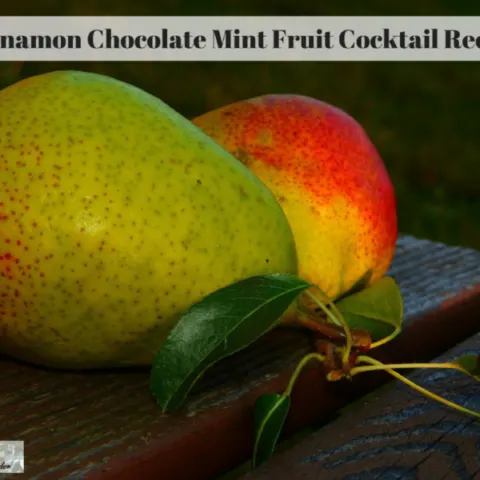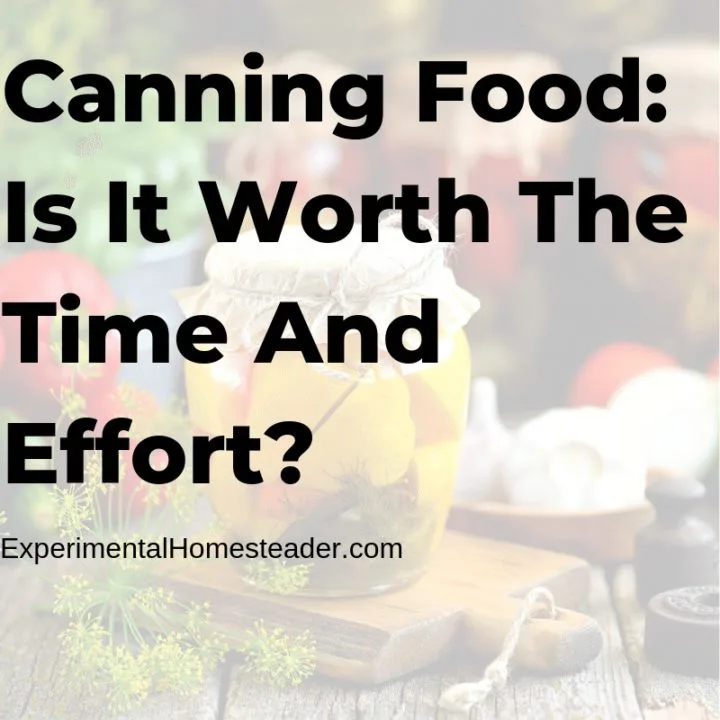This Queen Anne's Lace Jelly recipe is a great way to use edible flowers in canning recipes.
Jelly is delicious on toast, biscuits or it can be used in dessert recipes.
Another great way to use jelly or jam is on meat as a flavoring or tenderizer.
Correctly Identify Queen Anne's Lace
When picking plants from the wild be sure you have the identity correct.
Many plants look so much alike that you may think you are harvesting one plant when in fact you are getting something totally different.
Take for example the common Queen Anne’s Lace or wild carrot.
Daucus carota resembles the poisonous water hemlock which is deadly if ingested.
If in doubt, take the plant to a local botanist or your local extension agent for a positive ID before eating it.
Once you are sure you have the true Queen Anne’s Lace, which you will know by the purple dot in the center of the flower, here is a recipe for jelly.
Print
Queen Anne's Lace Jelly Recipe
This Queen Anne's lace jelly recipe is a great way to use edible flowers to make something delicious to eat on toast or use in recipes.
- Total Time: 25 hours
Ingredients
- Queen Anne's Lace Flowers or other edible flowers
- 2 ½ cups Boiling water (enough to cover the flowers)
- 1 ½ cups honey
- Juice of 1 lemon
- 1 package of pectin
- Food coloring (optional)
Instructions
- Fill a glass jar full of clean flower heads. You can use all Queen Anne’s Lace flowers or use a combination of edible flowers such as violet, lilac, roses, carnation, peony or elderberry.
- Once the jar is full, pour boiling water over the flowers making sure to cover all of them.
- Put a non-metallic lid on the jar and sit aside for up to 24 hours. The infusion should be allowed to sit for at least five hours minimum.
- When you are ready to proceed, prepare a strainer lined with cheesecloth.
- Pour the water through the strainer making sure to remove all the flowers from the first jar.
- Squeeze the water out of the flowers in the cheesecloth.
- Then measure the amount of water you have.
- You will need a minimum of 2 ½ cups flower water for one recipe.
- Put the flower water into a stainless steel pan, add the juice of one lemon and one package of pectin.
- Add food coloring if desired.
- Bring this mixture to a boil then add three cups of sugar.
- Stir and continue boiling until the sugar has dissolved.
- If you prefer using honey in place of the sugar, remove the mixture from the heat and add 1 ½ cups honey. Stir just until the honey is dissolved.
- Remove the foam scum that forms on top of the jelly, then pour the jelly into sterilized canning jars. The smaller 4 ounce or half pint jars work well.
- Wipe jar rims, put lids and bands on making sure they are fingertip tight.
- Process for ten minutes in a cold pack canner, remove and tighten lids.
- Set the hot jars on a secure surface. I lay an old towel on top of my table and set the canning jars on it. Remember these jars are hot so use hot pads and jar lifters.
- Tighten the bands as tight as possible.
- Allow the jars to cool overnight. When the jars are completely cool, remove the bands and check the lids to make sure they are sealed.
- To check the lids, simply try to lift them up with your fingers. If they come off, set the food in the refrigerator and eat it within a week. If they do not come off, the cans are sealed. Replace the band and store in a cool, dark place.
- Be sure to label the jars with the name of the food in them and the date.
- Prep Time: 24 ½ hours
- Cook Time: 30 minutes
- Method: Canning
Canning Food At Home
Packing And Sterilizing Canning Jars
The most important part of canning is packing and sterilizing the canning jars properly. Learn how to do this important step the right way.
The Ultimate List Of Home Canning Recipes
This ultimate list of home canning recipes are all tested and proven to work. Learn how to preserve the fruits and vegetables you grow in your garden!
Canning Broccoli Is No Longer Safe But You Can Still Preserve It
Although canning broccoli was once considered safe, times have changed thus freezing, dehydrating or freee drying broccoli is recommended.
Homemade Beef Stew Recipe For Canning
When it comes to having quick home cooked meals that just need reheated, this beef stew recipe for canning can't be beat!
Red Hot Apple Wedges Canning Recipe
Preserving your own food means trying new recipes, such as this red hot apple wedges canning recipe. While it is true, it is a good idea to stick to recipes you know you and your family will eat, it never hurts to branch out a bit.
Cinnamon Chocolate Mint Fruit Cocktail Recipe
This Cinnamon Chocolate Mint Fruit Cocktail recipe is ideal to use up some of your extra summer fruit or to combine some of the fruit you have already preserved to come up with something a little different.
How To Make Homemade Maraschino Cherries
Learn how easy it is to make and can your own homemade maraschino cherries. Not only do these taste great, but they are easy to preserve too!
Five Spice Cherry Canning Recipe
This five spice cherry canning recipe is a unique take on typical recipes for canning cherries. I love the way the spices complimented the tart cherries!
How To Easily Start Canning Blueberries
Learn how to easily start canning blueberries in your own kitchen. Home canning is a great way to preserve fresh foods that you or someone you know grew.
Apple Canning Recipes
There are many recipes for canning apples and I think I have tried them all. However the best way is to can them in plain syrup.
How To Make Raspberry Vinegar
A great way to preserve raspberries is to make raspberry vinegar. Its delicious on pork chops! Best of all you can preserve it for winter use by canning it.
Orange-Cranberry Vinegar And Marinade Recipe
This orange-cranberry vinegar and marinade recipe is easy to make, easy to can and tastes great!
How To Make Homemade Ketchup
Learn how to make homemade ketchup right in your own kitchen using tomatoes you grew in your garden. This recipe works with fresh or frozen tomatoes!
Homemade BBQ Sauce Recipe
This homemade bbq sauce recipe uses fresh tomatoes and is perfect for canning. Use it as it is or as a base sauce to create different types of BBQ sauces.
How To Make Cajeta Goat Milk Caramel
Learn how easy it is to make cajeta goat milk caramel from fresh goat milk. Plus learn how to preserve it for winter use by canning it.
How To Make Homemade Honey
Learn how to make homemade honey right in your own kitchen using a mixture of water, sugar, red clover, white clover and fireweed!
How To Make Rose Petal Jelly
Learn how to make rose petal jelly using fresh rose petals from your favorite organically grown roses. Try different roses for unique flavored jelly.
Delicious Raspberry-Chocolate Sundae Topper Recipe
This delicious, easy-to-make raspberry-chocolate sundae topper is an ideal canning recipe making it easy to serve to guests or give as gifts!
Try These Off Season Food Preservation Ideas
These off season food preservation ideas are perfect for the off season. There are lots of items you can fill your freezer with or even can year-round.
Importance Of Food Preservation Inventory
Do you understand the importance of food preservation inventory? From spices to food stored in the freezer and pantry, this list can help you save money.
Four Factors That Affect Food Storage
Understanding the four factors that affect food storage is essential for keeping your food safe, especially if you intend to store it long term.
Canning Food: Is It Worth The Time And Effort?
Learn if canning food at home is really worth the time and effort involved as well as about some of the supplies you need to get started.
Home Canning Supplies
There are a number of home canning supplies you need to get started canning food at home, the Bellemain Kit contains 6 of them.
Canning At Home
When canning at home making sure everything is clean and in good condition is essential for food safety and your families health.
Fruit Juice Concentrate
Learn how to make your own fruit juice concentrate at home using fresh fruits from your garden or the farmers market.
Preserving Citrus Fruits
Preserving citrus fruits is something you want to know how to do if you grow your own, buy in bulk or have citrus fruits given to you.
Preparing Fresh Green Beans
Get out of the grocery store and into home-canning fresh green beans. Experience the symbiotic relationship of land and food security.


































